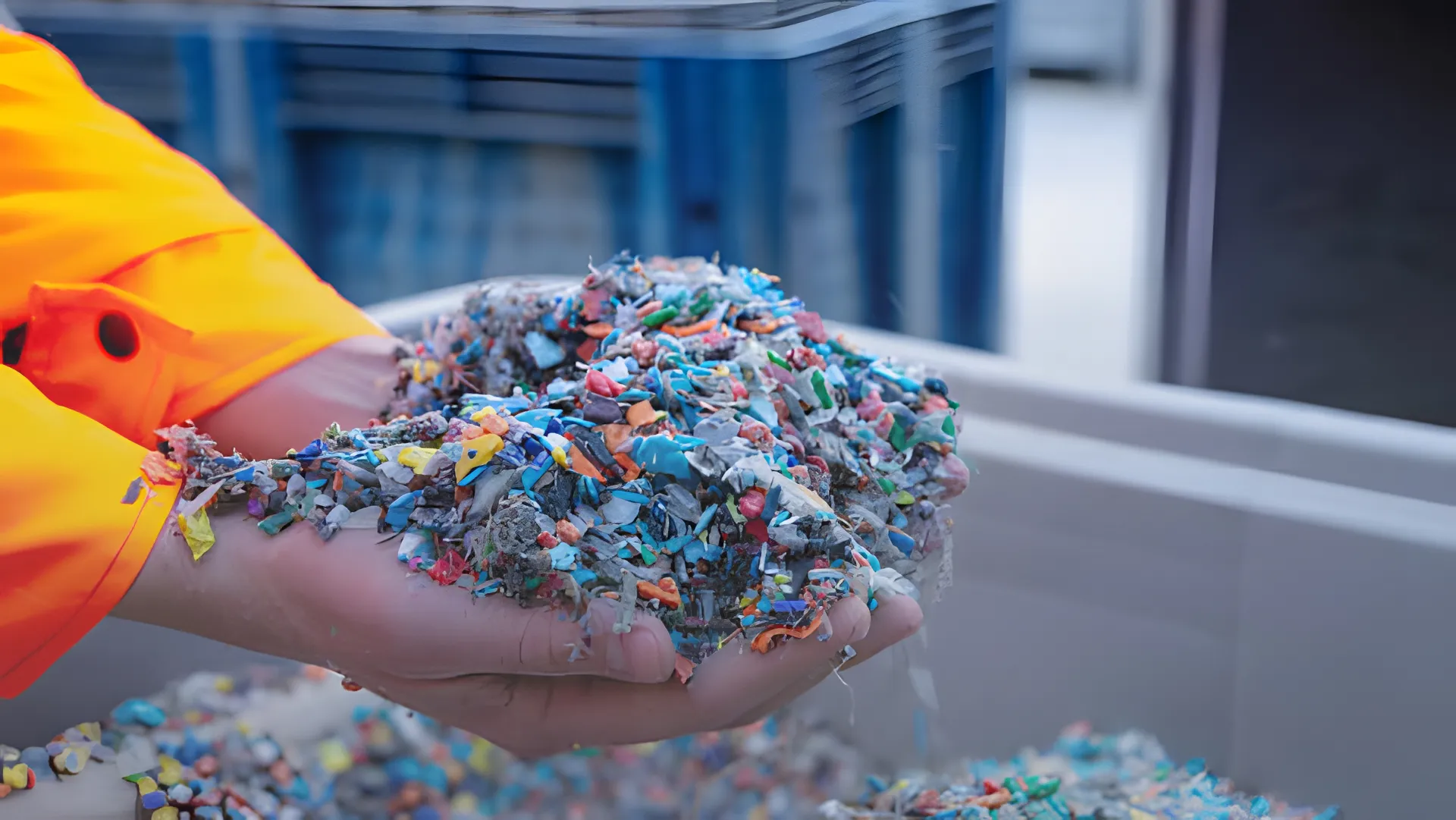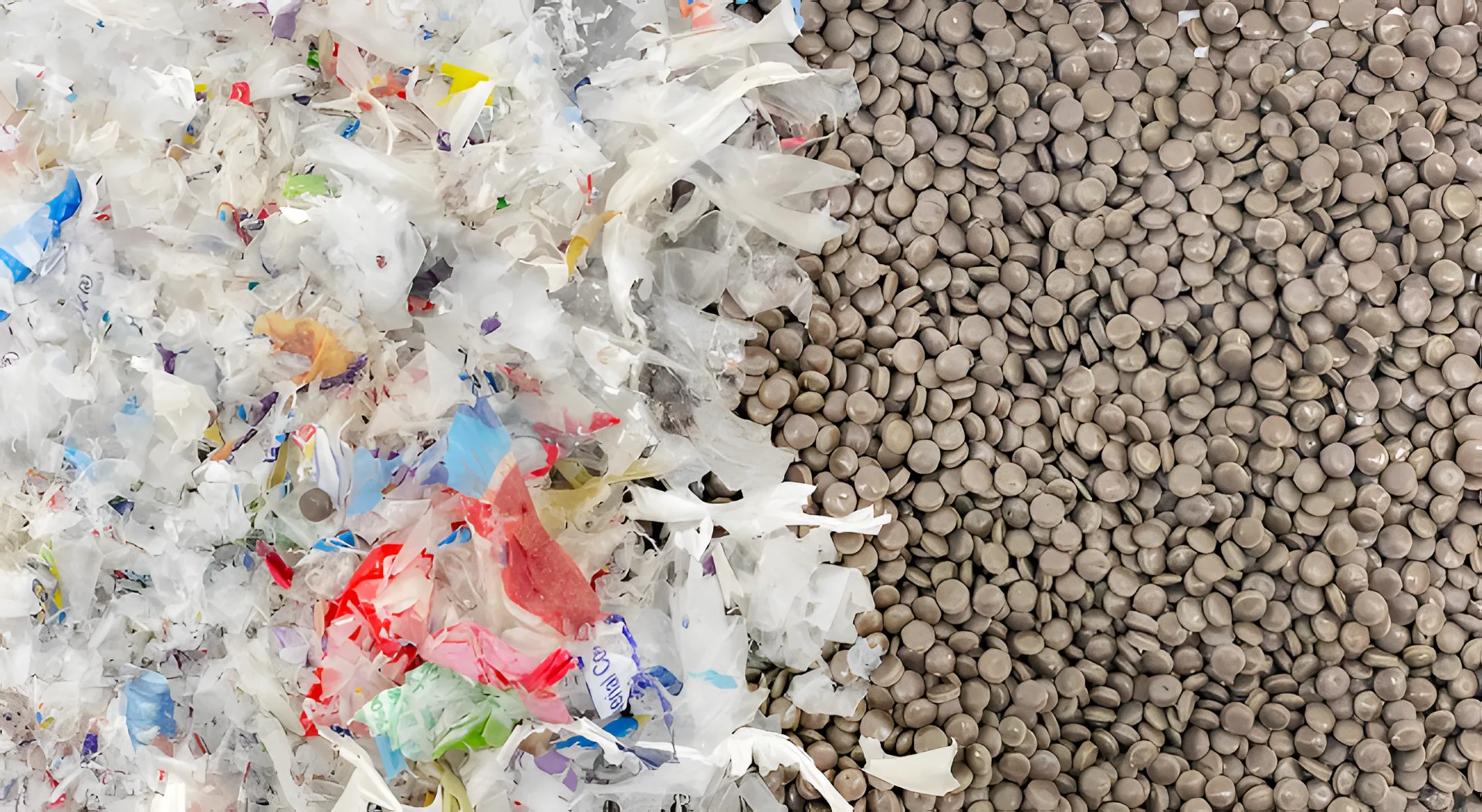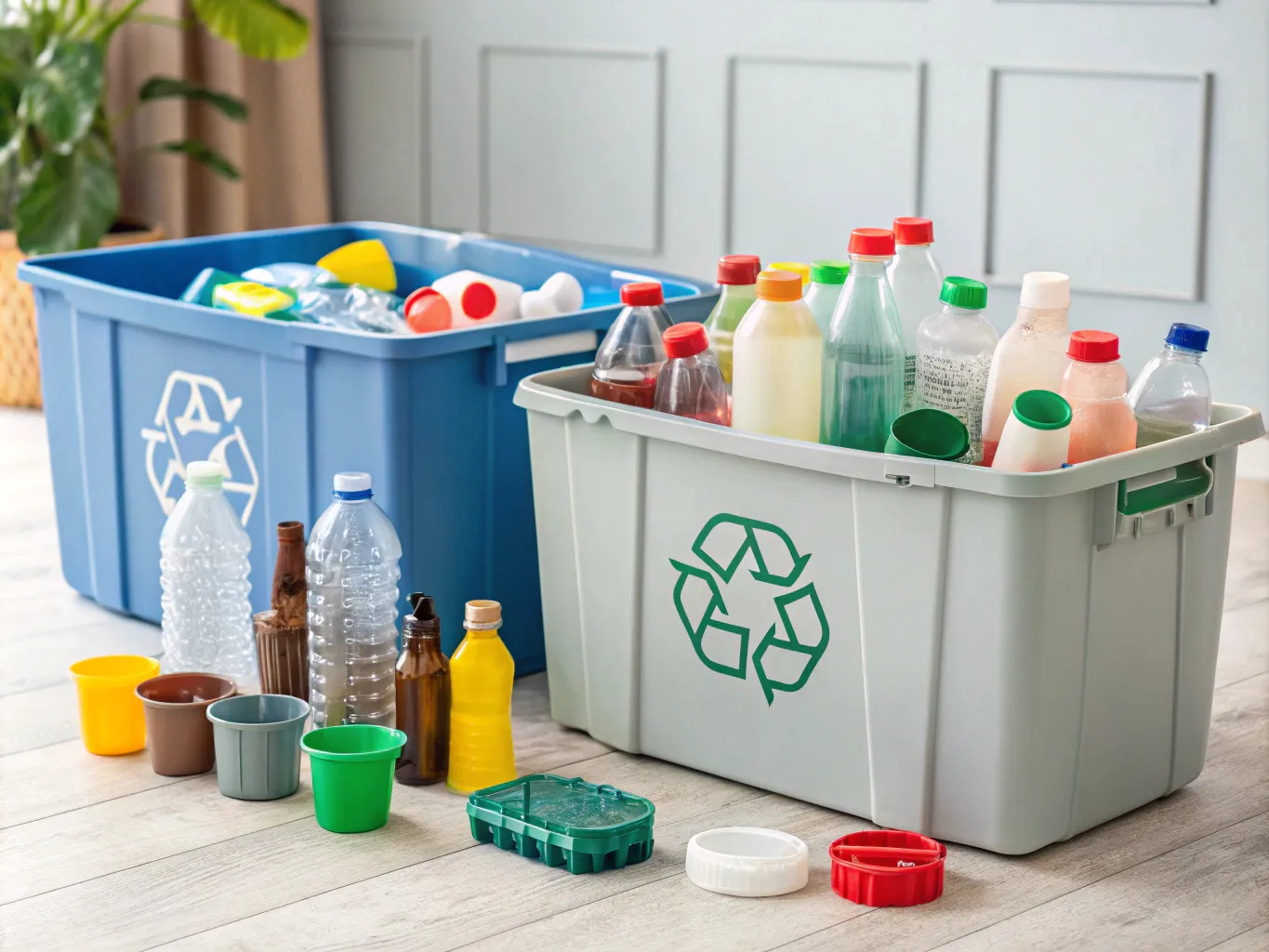I dag kommer plastprodukter i forskellige former, størrelser, lag, printniveauer og formuleringer, hvilket gør genbrugsprocessen udfordrende. Valg af den rigtige plastgenbrugslinje, fodringssystem, afgasningssystem, filtreringsenhed og pelletiseringssystem kan forbedre genbrugseffektiviteten betydeligt. Derfor er det første skridt i valget genbrugsudstyr er at præcist identificere typen af plastikaffald.

Six Steps to Identify Plastic Waste and Help Choose the Right Pelletizer
When searching for a genbrugsmaskine, the following key points help you identify plastic waste. You can answer the six questions below and consult POLYSTAR for advice on suitable equipment.
- What is the polymer type of the plastic waste? (e.g., HDPE, LDPE, LLDPE, PP, CPP, BOPP, ABS, etc.) The polymer type of plastic determines its characteristics. For example, different polymers have different Melt Flow Indices (MFI) and viscosities, which are crucial when determining the appropriate die design and pellet cutting method. Most polymers are suitable for water-ring cutting, but for polymers with an MFI of 30 or higher, linear cutting is recommended.
- What is the shape and size of the plastic waste? (e.g., roll film, film/bag waste, laminated/metalized film, pre-crushed hard plastic, uncrushed bottles, etc.) The shape and size of the waste impact its hardness, strength, and how it can be effectively fed into the plastic pelletizer through the feeding system. This information helps determine the suitable cutting and crushing systems for pre-treating the material before extrusion. For example, sheet-type waste can be directly fed into the extruder, while film and soft materials need an integrated cutting and compacting system. Woven bags and hard materials require an integrated crushing system.
- What is the source and condition of the plastic waste? (e.g., clean indoor waste, post-consumer waste that has been washed but is still slightly dirty, unwashed dirty waste, etc.) Whether the waste is industrial or post-consumer, it should be cleaned and dried before being fed into the recycling pelletizer. This is crucial for improving recycling efficiency and ensuring pellet quality. The source and condition of the waste help determine if a cleaning line and dryer are needed, and whether high-efficiency degassing and filtration systems are required.
- What is the percentage of printed surface on the plastic waste? (e.g., less than 10%, about 30%, 50%, or fully printed) The ink content in plastic waste is one of the main causes of gas production during melting. Based on this information, the appropriate degassing system can be determined, and it can be decided whether special filters are needed. POLYSTAR offers different degassing options, such as single, double, or triple degassing systems, and can redesign filtration systems based on the amount of printing.
- What is the required pellet output per hour? (e.g., 80-120 kg/hour, 100-200 kg/hour, 400-600 kg/hour, 800-1000 kg/hour, etc.) Each model of the recycling machine has different sizes to meet various production needs. Once the required pellet output per hour is determined based on the waste volume, we will recommend the most suitable pelletizing machine. It is advisable to consider future expansion needs, as purchasing a machine with a slightly larger capacity is often more economical than purchasing a second machine a few years later.
- Provide photos of the plastic waste. Providing photos or videos of the plastic waste will help us understand your materials more clearly, making it easier to assess and recommend the right recycling pelletizer.

If You Have Multiple Types of Materials
Rumtoo’s pelletizing machines are designed to be flexible and can handle different types and shapes of materials in the same machine, such as plastic films, bags, and rigid recyclables. Typically, it is recommended to choose a recycling pelletizer based on the main type of waste and pre-treat other materials as necessary (to improve feeding capacity). If you have multiple main materials, it might be better to invest in two or more relatively smaller machines instead of one large machine.
Upgrading Recycling Equipment to Improve Performance
Rumtoo offers a variety of optional equipment (view the complete list) to help boost your plastic recycling business. You can also choose flexible equipment layouts based on your factory space.
Konklusion
After reading this article, you may have a better understanding of why the type and condition of plastic waste are crucial in selecting an efficient and profitable recycling machine. The next step is to contact our professional sales team, provide the answers to the above questions, and receive recommendations for suitable equipment.
| Category | Beskrivelse | Your answer |
|---|---|---|
| (1) Polymer Types of Waste Plastic Materials | Non-printed HDPE, LDPE, PP, CPP, BOPP, ABS, etc. | |
| (2) Shape and Size of the Waste Plastic Materials | Roll film, film/bag waste, laminated/metallized film, recycled materials, uncrushed rigid plastics, etc. | |
| (3) Source and Condition of the Waste Plastics | Clean waste from the factory, post-consumer dirty but cleaned and dried waste, etc. | |
| (4) Proportion of Printed Surface | Less than 10%, 30%, 50%, fully printed, etc. | |
| (5) Required Pellet Output | 100-200 kg/hour, 400-600 kg/hour, 800-1000 kg/hour, etc. | |
| (6) Can You Provide Any Photos of Plastic Waste? | Yes/No | |
| (7) Any Other Comments? | (Your additional notes or specific comments) |



